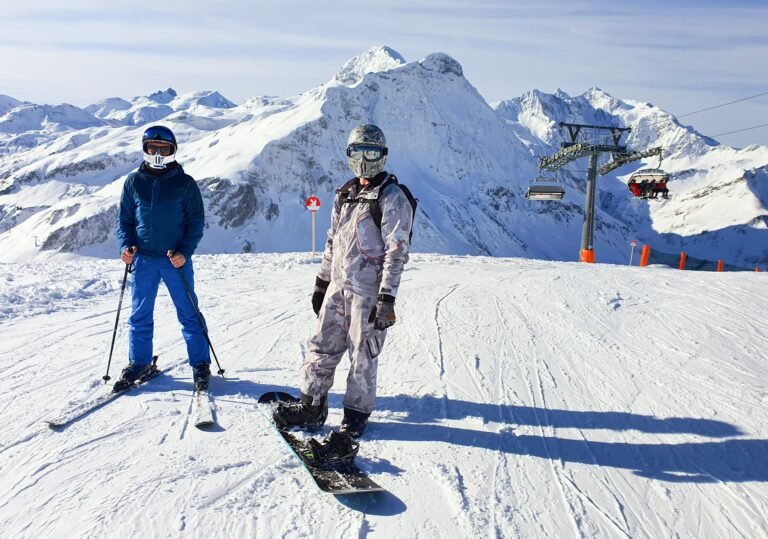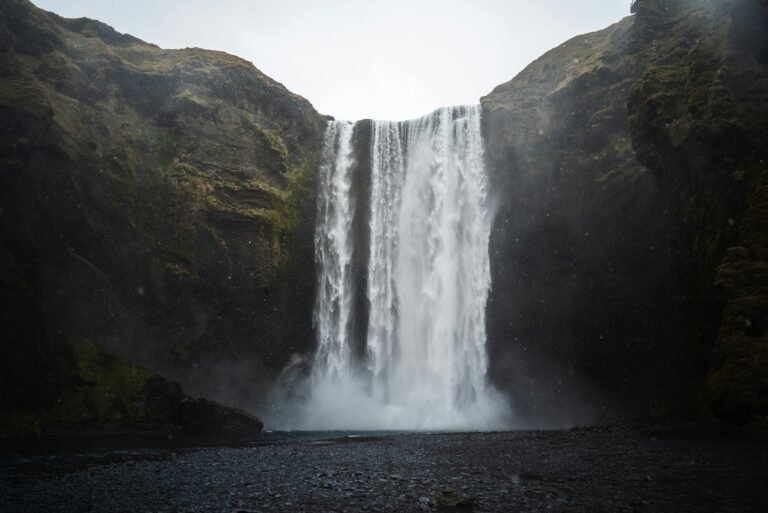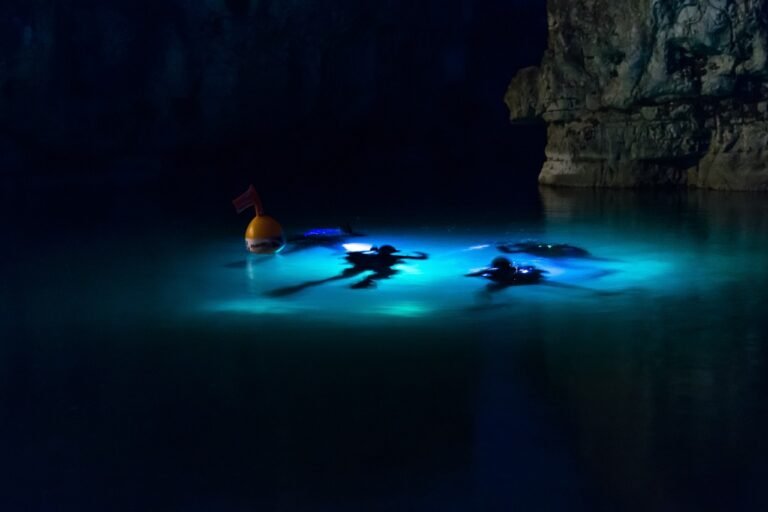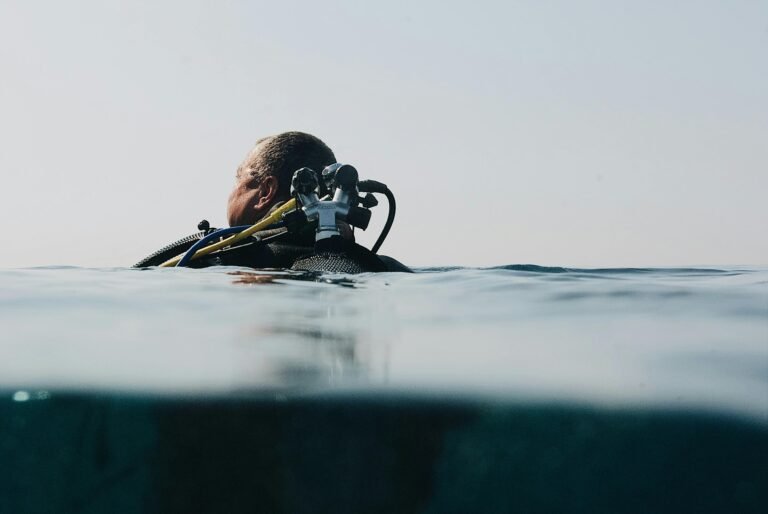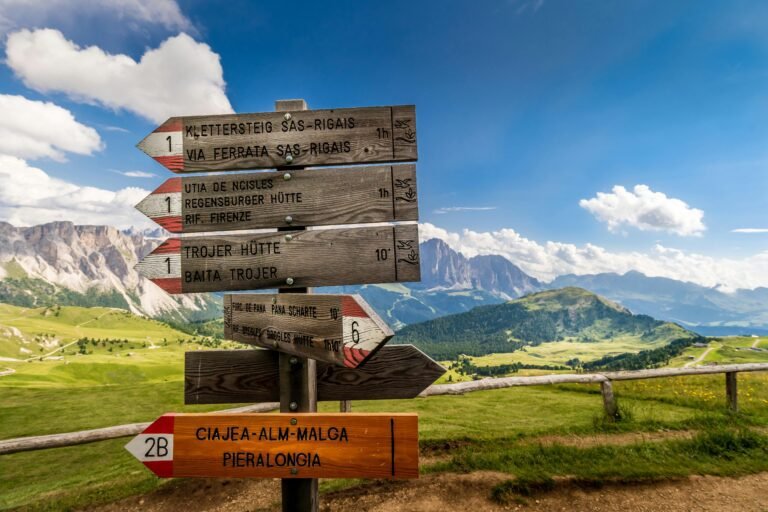Top 5 Desert Trekking Destinations Around The World
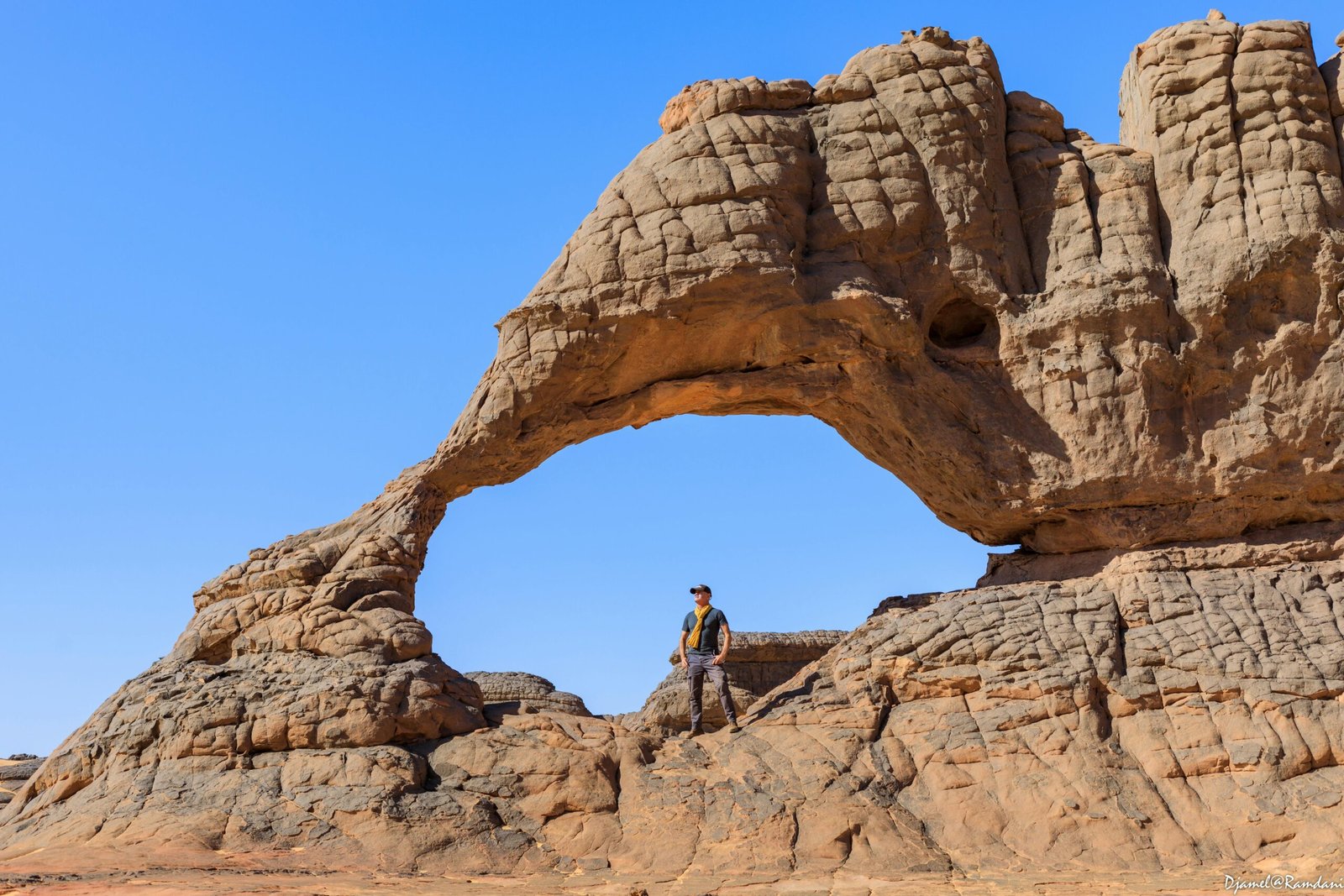
Deserts have a reputation for being harsh, empty places. But when you really experience one, it’s clear they’re anything but dull. There’s a beauty to their simplicity—open spaces, shifting dunes, and skies so clear they’ll leave you speechless. It’s not just about the scenery, though. Trekking through a desert pushes you. It’s raw, it’s quiet, and it’s humbling.
What I love most about desert trekking is the sense of freedom. No clutter, no distractions—just you, your gear, and the horizon. Sure, it’s tough, but that’s the point. It forces you to slow down and be present. And when you do, you’ll start to notice the little things: the way the sand moves, the colors of a sunset, or the sound of silence.
In this guide, I’ll share five of the best desert trekking destinations out there. Each one is different, but all of them offer that same feeling—adventure, solitude, and a chance to reconnect with what matters.
Let’s dive in.
1. The Sahara Desert, Africa

The Sahara is the world’s largest hot desert, spanning across 11 countries in northern Africa. It’s a place where the vastness of the landscape feels almost endless, with golden dunes stretching to the horizon.
Trekking here is a journey through ancient history, stunning natural beauty, and a vibrant local culture.
Famous Routes to Explore
- Erg Chebbi (Morocco): One of the most iconic spots in the Sahara, Erg Chebbi is famous for its towering dunes, some over 150 meters high. This trek often includes camel caravans and nights under the stars.
- Erg Chigaga (Morocco): A more remote option compared to Erg Chebbi, Erg Chigaga offers a wilder, less crowded experience. It’s perfect for those seeking solitude and adventure.
Highlights of Trekking the Sahara
- Golden Dunes: The dunes of the Sahara are breathtaking, especially during sunrise and sunset when the sands glow in shades of orange and gold.
- Berber Culture: Trekking in the Sahara often involves interaction with Berber guides and locals. Their hospitality, traditional music, and storytelling add depth to the experience.
- Camel Caravans: Riding a camel through the desert is both practical and iconic, giving you a true sense of traditional desert travel.
Best Time to Visit
- The ideal time for trekking in the Sahara is between October and April. During these months, temperatures are cooler and more manageable.
- Summers (May–September) are intensely hot and should be avoided unless you’re extremely experienced with desert trekking.
Preparation Tips
- Stay Hydrated: Carry plenty of water—hydration packs work best—and drink regularly to avoid dehydration.
- Pack for Temperature Swings: Deserts can be scorching during the day and freezing at night. Layering is key.
- Footwear Matters: Choose lightweight, breathable boots with gaiters to keep out sand.
The Sahara Desert is more than just a landscape; it’s a journey into one of the most awe-inspiring environments on Earth. The combination of natural beauty, physical challenge, and cultural richness makes it unforgettable.
2. Wadi Rum, Jordan
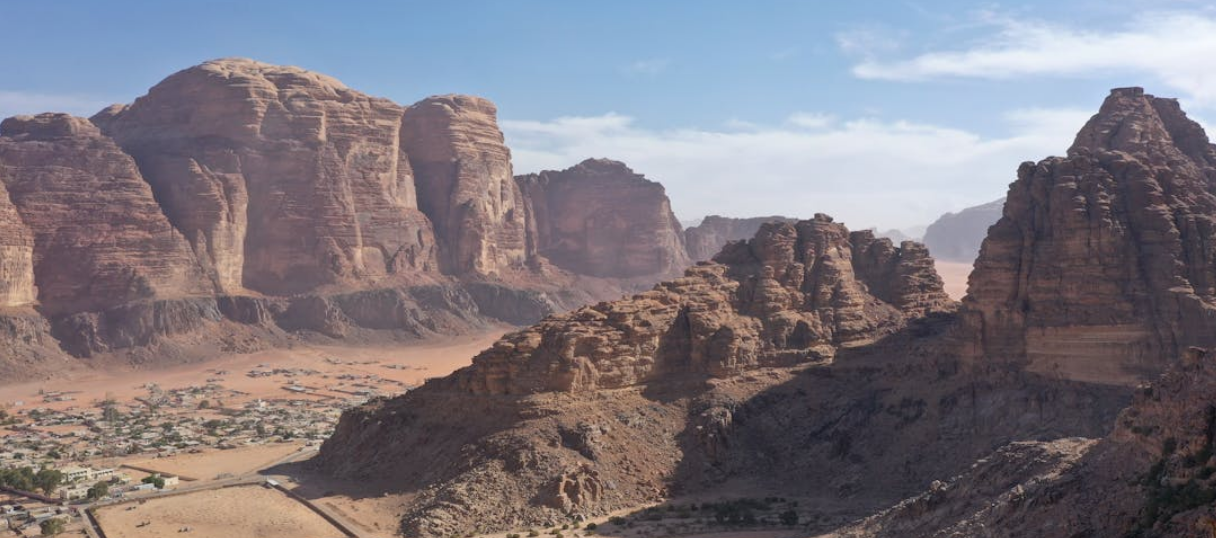
Known as the “Valley of the Moon,” Wadi Rum is one of the most surreal desert landscapes in the world. Located in southern Jordan, this UNESCO World Heritage site is famous for its red sand, towering sandstone cliffs, and ancient history.
Walking through Wadi Rum feels like stepping onto another planet—it’s no wonder it’s been a filming location for movies like The Martian.
Key Attractions in Wadi Rum
- Sandstone Mountains: Massive rock formations rise dramatically from the desert floor. Jebel Umm ad Dami, the highest peak in Jordan, offers a stunning view of the area.
- Ancient Petroglyphs: Wadi Rum is rich in history, with carvings and inscriptions on the rocks dating back thousands of years. These give a glimpse into the lives of ancient desert dwellers.
- The Red Sand Valleys: The unique red-hued sand and cliffs create a truly otherworldly atmosphere, especially at sunrise or sunset.
Cultural Highlights
- Bedouin Lifestyle: Trekking in Wadi Rum often involves staying in Bedouin camps. Their hospitality, traditional meals, and storytelling make the trek even more special.
- Tea Under the Stars: Sharing tea around a campfire while stargazing in the clear desert sky is an experience you won’t forget.
Best Time to Visit
- Spring (March–May) and autumn (September–November) are the best seasons to visit, offering mild temperatures and comfortable trekking conditions.
- Summers can be extremely hot, while winters, though cooler, can bring chilly nights.
Tips for Navigating Wadi Rum
- Hire a Guide: Wadi Rum’s vast terrain can be disorienting. Local guides or organized tours are essential for safety and to experience the best spots.
- Pack for Sand and Sun: Use a scarf or buff to protect against wind-blown sand, and always wear sunscreen.
- Combine Hiking and 4×4: Many treks mix hiking with jeep tours to cover more ground and reach remote areas.
Wadi Rum isn’t just a trek—it’s a journey into a desert that feels like it belongs in a sci-fi movie. The mix of striking landscapes, cultural immersion, and unforgettable moments makes it one of the world’s top desert trekking destinations.
3. The Atacama Desert, Chile

The Atacama Desert is unlike any other desert on Earth. Known as the driest desert in the world, it stretches along Chile’s Pacific coast and offers landscapes so surreal they feel otherworldly.
Salt flats, steaming geysers, and valleys that look like the surface of Mars make trekking here a dream for adventurers and nature lovers alike.
Must-See Spots in the Atacama
- Valle de la Luna (Valley of the Moon): This iconic spot is famous for its moon-like terrain, sculpted by wind and water over thousands of years. Trekking here at sunset is magical.
- El Tatio Geysers: A trek to this geothermal field rewards you with views of steaming geysers against a backdrop of mountains.
- Salar de Atacama: These vast salt flats are home to flamingos and offer stunning reflections during certain times of the year.
The Stargazing Capital of the World
The Atacama Desert is one of the best places on the planet for stargazing. With its high altitude, dry climate, and clear skies, it offers an unparalleled view of the Milky Way. Many trekking routes include opportunities for night hikes, where you can gaze up at countless stars.
Unique Challenges and Rewards
- Extreme Dryness: Parts of the Atacama haven’t seen rainfall in centuries. Carrying enough water and staying hydrated is critical.
- Altitude Considerations: Many areas in the Atacama are located at over 2,000 meters (6,500 feet) above sea level. Trekking at high altitudes can be tough, so acclimatize beforehand.
- Unforgettable Scenery: The desolate beauty of the Atacama is hauntingly beautiful. You’ll encounter landscapes that feel untouched by time.
Best Time to Visit
- The Atacama is great to visit year-round thanks to its stable climate. However, spring (September–November) and autumn (March–May) offer the most comfortable temperatures.
Tips for a Safe and Memorable Trek
- Hydration is Key: Bring more water than you think you’ll need. The dryness can sneak up on you.
- Protect Yourself: The sun is intense, so pack high-SPF sunscreen, sunglasses, and a wide-brimmed hat.
- Layer Your Clothing: Evenings in the Atacama can get chilly, so bring a jacket for nighttime stargazing.
Trekking in the Atacama Desert is like stepping onto another planet. Between the surreal landscapes, the quiet beauty, and the endless night skies, it’s an adventure that will leave you in awe.
4. The Thar Desert, India

The Thar Desert, also known as the Great Indian Desert, spans across Rajasthan and into Pakistan. It’s not just a place of sand dunes—it’s a vibrant, living desert full of culture, color, and history.
Trekking here combines the stark beauty of the desert with the rich traditions of local life, offering an experience that’s as much cultural as it is adventurous.
Highlights of the Thar Desert
- Golden Sand Dunes: The dunes of the Thar are smaller than those of the Sahara but no less captivating. The shifting sands, especially at sunrise and sunset, create stunning views.
- Colorful Villages: Trekking routes often pass through traditional Rajasthani villages. Their brightly painted houses, bustling markets, and friendly locals offer a unique glimpse into desert life.
- Jaisalmer Fort: Known as the “Golden City,” Jaisalmer is the gateway to the Thar Desert. Its iconic sandstone fort is a must-visit before or after your trek.
Camel Safaris and Cultural Immersion
- Camel Trekking: Much of the Thar Desert exploration is done on camelback. It’s a traditional and practical way to navigate the terrain while experiencing life as the locals do.
- Night Under the Stars: Many trekking experiences include camping in the desert. The night skies here are magical, with constellations shining brightly in the clear, dry air.
- Traditional Rajasthani Meals: Meals cooked over an open fire, often served with freshly made roti, are a highlight of desert treks.
Best Time to Visit
- The ideal trekking season in the Thar Desert is between October and March, when temperatures are cooler and more comfortable. Summers should be avoided as the heat becomes extreme.
Tips for Exploring the Thar
- Dress for Comfort: Lightweight, breathable clothing is essential, along with a scarf or turban to shield against sand and sun.
- Pack Light but Smart: Don’t overpack, but include essentials like sunscreen, a reusable water bottle, and comfortable walking shoes.
- Hire Local Guides: Knowledgeable local guides not only ensure safety but also enhance the experience by sharing insights about the culture and history of the region.
The Thar Desert is more than just a trek—it’s a journey into India’s vibrant heritage. From golden dunes to the warmth of local hospitality, every moment here is a reminder of how deserts are full of life.
5. The Mojave Desert, USA

The Mojave Desert is an iconic landscape in the southwestern United States, covering parts of California, Nevada, Arizona, and Utah. It’s a place of striking contrasts—barren expanses of sand give way to rugged rock formations, and stark deserts are dotted with unique plant life.
Trekking here combines the beauty of solitude with the thrill of exploring a harsh yet fascinating environment.
Iconic Sites to Explore
- Joshua Tree National Park: Known for its surreal Joshua trees and giant boulders, this park offers some of the most scenic trekking routes in the Mojave.
- Death Valley National Park: One of the hottest places on Earth, Death Valley features salt flats, colorful badlands, and dramatic sand dunes. It’s a trekker’s dream, provided you’re prepared for extreme conditions.
- Mojave National Preserve: This lesser-known area is home to towering sand dunes, volcanic formations, and ancient petroglyphs. It’s ideal for those seeking solitude.
What Makes the Mojave Unique
- Desert Flora and Fauna: The Mojave is home to fascinating plants like the Joshua tree and wildflowers that bloom after rare rains. Animals like coyotes, bighorn sheep, and roadrunners add to the magic.
- Geological Wonders: From lava tubes to rugged canyons, the Mojave’s geology is as diverse as it is dramatic. Every trail offers a chance to discover something new.
- Stargazing: Like other deserts, the Mojave has incredibly clear night skies. Watching the stars here feels like a natural planetarium experience.
Best Time to Visit
- Trekking in the Mojave is best during the spring (March–May) and fall (September–November). These seasons offer moderate temperatures, making daytime hiking comfortable.
- Summer should be avoided unless you’re an experienced trekker accustomed to extreme heat.
Safety and Trekking Tips
- Plan Ahead: The Mojave is vast, with limited resources. Map out your routes and know where to find water sources, if any.
- Hydration and Sun Protection: Carry plenty of water, wear a hat, and use sunscreen. The sun in the Mojave can be unforgiving.
- Prepare for Temperature Swings: Days can be hot, but nights can get surprisingly cold. Pack layers to stay comfortable.
- Respect the Wildlife: The animals in the Mojave are adapted to survive in harsh conditions. Observe them from a distance and avoid disturbing their habitat.
The Mojave Desert is as wild and rugged as it gets, offering a unique blend of natural beauty and adventure. Whether you’re climbing through Joshua Tree’s boulders or walking the salt flats of Death Valley, the Mojave challenges and rewards in equal measure.
Conclusion
Desert trekking is more than just a physical journey—it’s an adventure that pushes your limits, clears your mind, and connects you to nature in its purest form.
The solitude of the desert gives you space to reflect, while its vastness reminds you of how small you are in the grand scheme of things. It’s a humbling experience, but also empowering. Every step you take in the desert builds resilience and confidence, leaving you with memories that last a lifetime.
Whether you’re drawn to the cultural immersion of the Thar Desert, the surreal views of the Atacama, or the rugged beauty of the Mojave, there’s a desert trek waiting for you. Just remember to plan carefully, pack wisely, and respect these fragile environments.
So, are you ready to take on the challenge? Pick your destination, gather your gear, and embrace the freedom of the open desert. Your next great adventure starts here.

